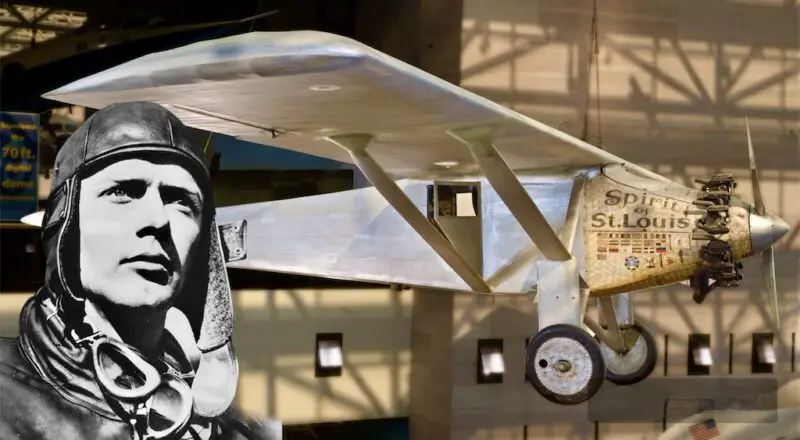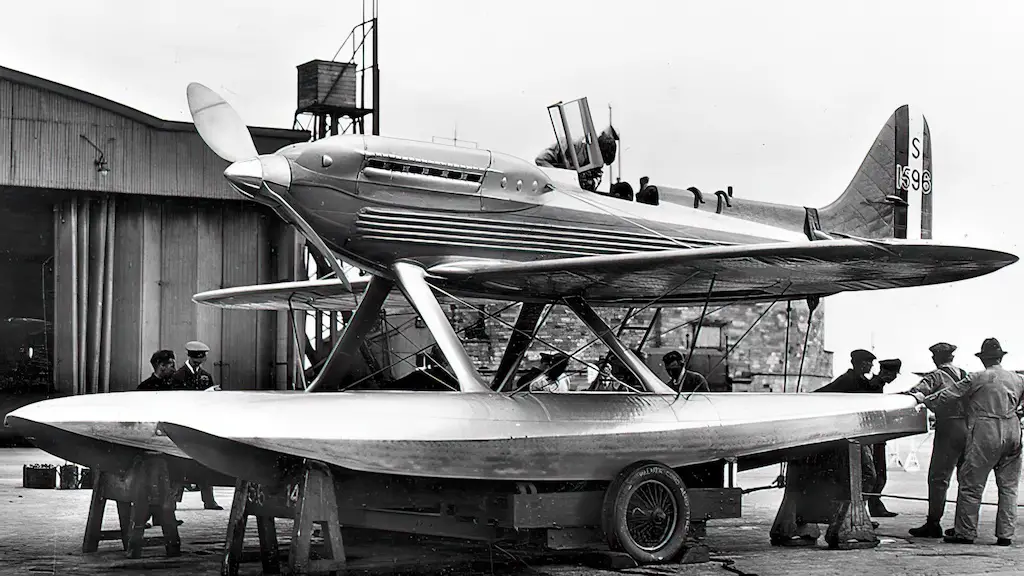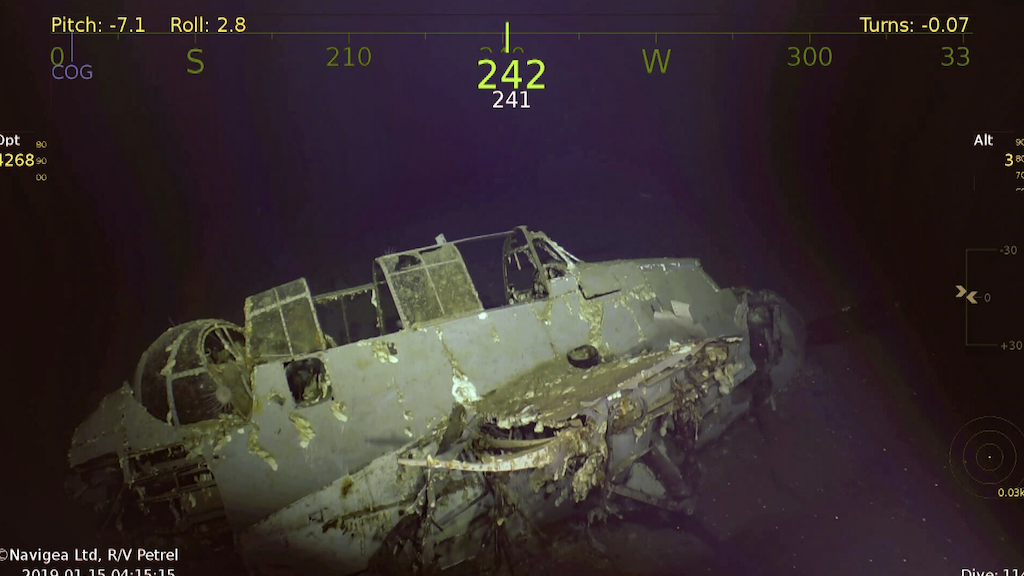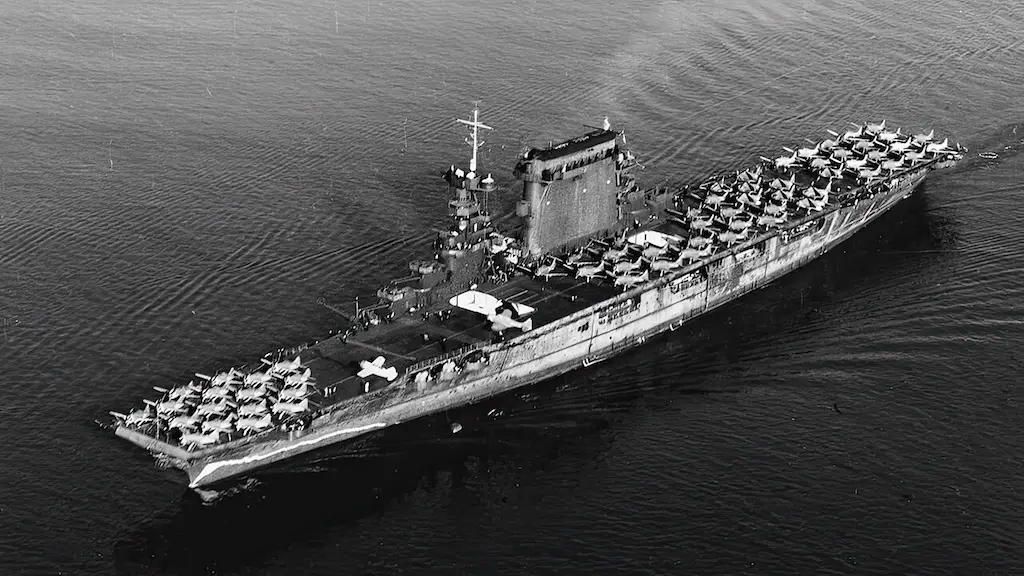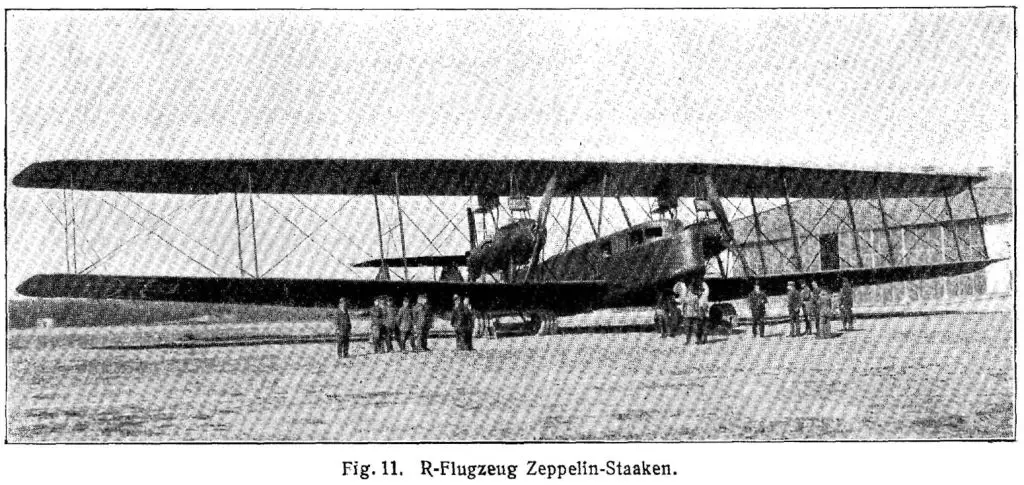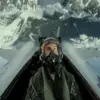Mysterious circumstances
Over 103 years ago, a newly-founded Western People’s Ukrainian Republic commissioned a Deutsche Luft Reederei Zeppelin Staaken R.VI aircraft out on a highly important mission. The plane was encumbered with valuables and carried an extra two Ukrainian passengers aside from the six German crewmen. The aircraft crashed under mysterious circumstances in Silesia in what is now South-Western Poland. The crash is known as the first air disaster to ever take place in Central Europe. The crash site remained unknown until a group of explorers located it near Racibórz.
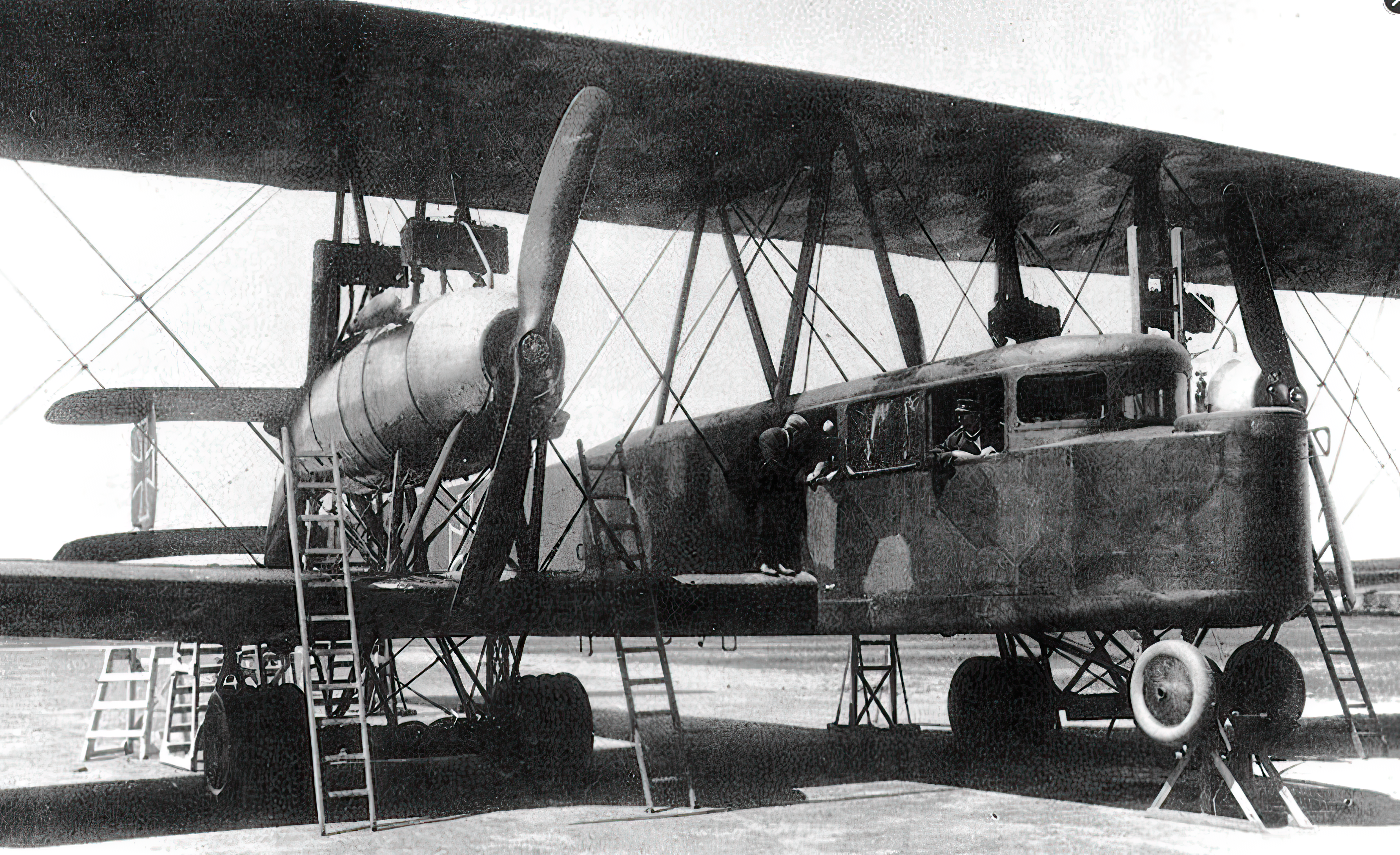
The post-WW1 era was a turbulent time in Central European history when Ukrainian nationalists were fighting the Bolshevik tide in an attempt to create their own independent nation; the Weimar Republic had risen as a result of the disintegration of the German Empire; and Poland had declared its independence. Dreams of independence enticed ethnic Polish separatists to have Silesia transferred from the Weimar Republic into the newly-founded Second Polish Republic.
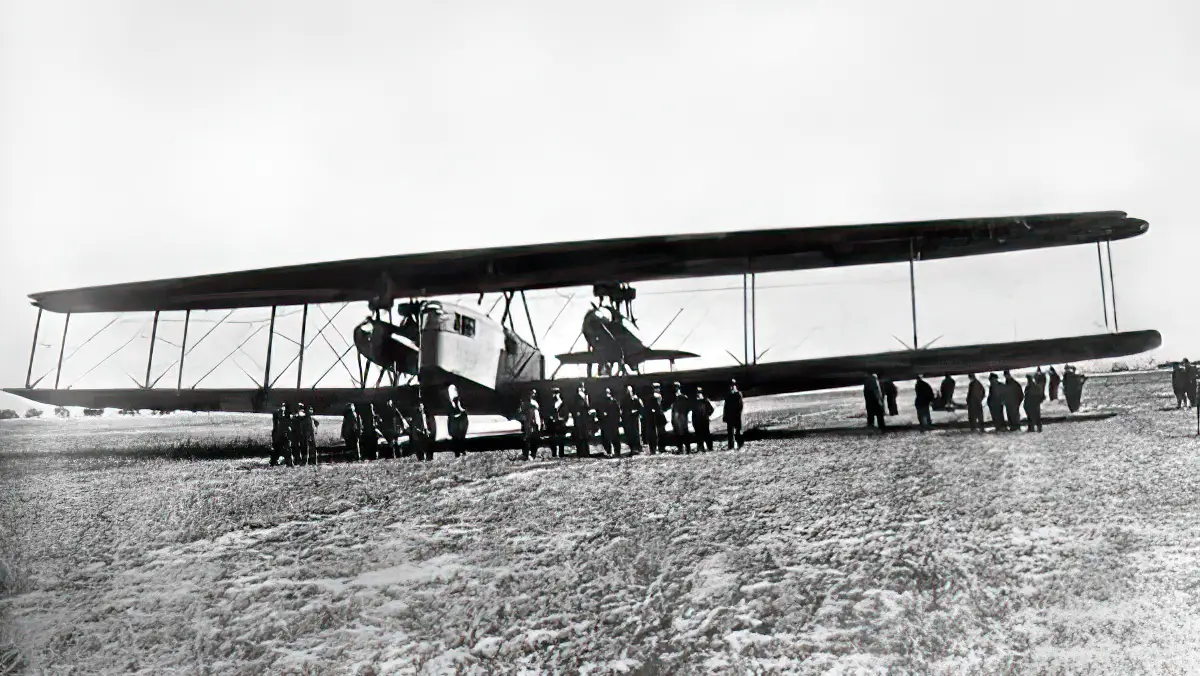
Doomed Flight
On the 4th of August 1919, a Zeppelin Staaken took off from Breslau en route to Kamieniec Podolski in Ukraine. This doomed flight was carrying gold and silver coins and banknotes specifically printed for the Western Ukrainian People’s Republic. This treasury was vital for the young country to sustain its ongoing fight for independence.
Constructed mainly of wood and fabric, the Zeppelin Staaken R.VI was enormous by modern and contemporary standards. It was a biplane with a wingspan of 138 feet 5 inches and a length of 72 feet 6 inches, it weighed 25,500 pounds fully loaded, including a disposable load of 3,969 pounds. It had a top speed of 84 mph, took 35 minutes to climb to 9,843 feet and could remain in the air for seven to 10 hours, though its maximum range was only 497 miles.
It’s a mystery
The cause of the accident is a mystery since nothing properly explains how an entire crew of experienced airmen that had flown on bombing raids over France during World War I would lose control. One of the passengers on the plane was an Ukrainian officer, Dmytro Witowski, a well-educated high-ranking military commander.
News reports surrounding the crash are rather contradictory. One report claimed that locals heard an explosion and saw a pilot leaping out of the cockpit, but his parachute failed to open and he died upon impact. Another report claims the crew threw the chests of coins and hryvnia banknotes overboard in a desperate attempt to lighten the aircraft and keep it in the air. The plane crashed either way and all crewmen perished.
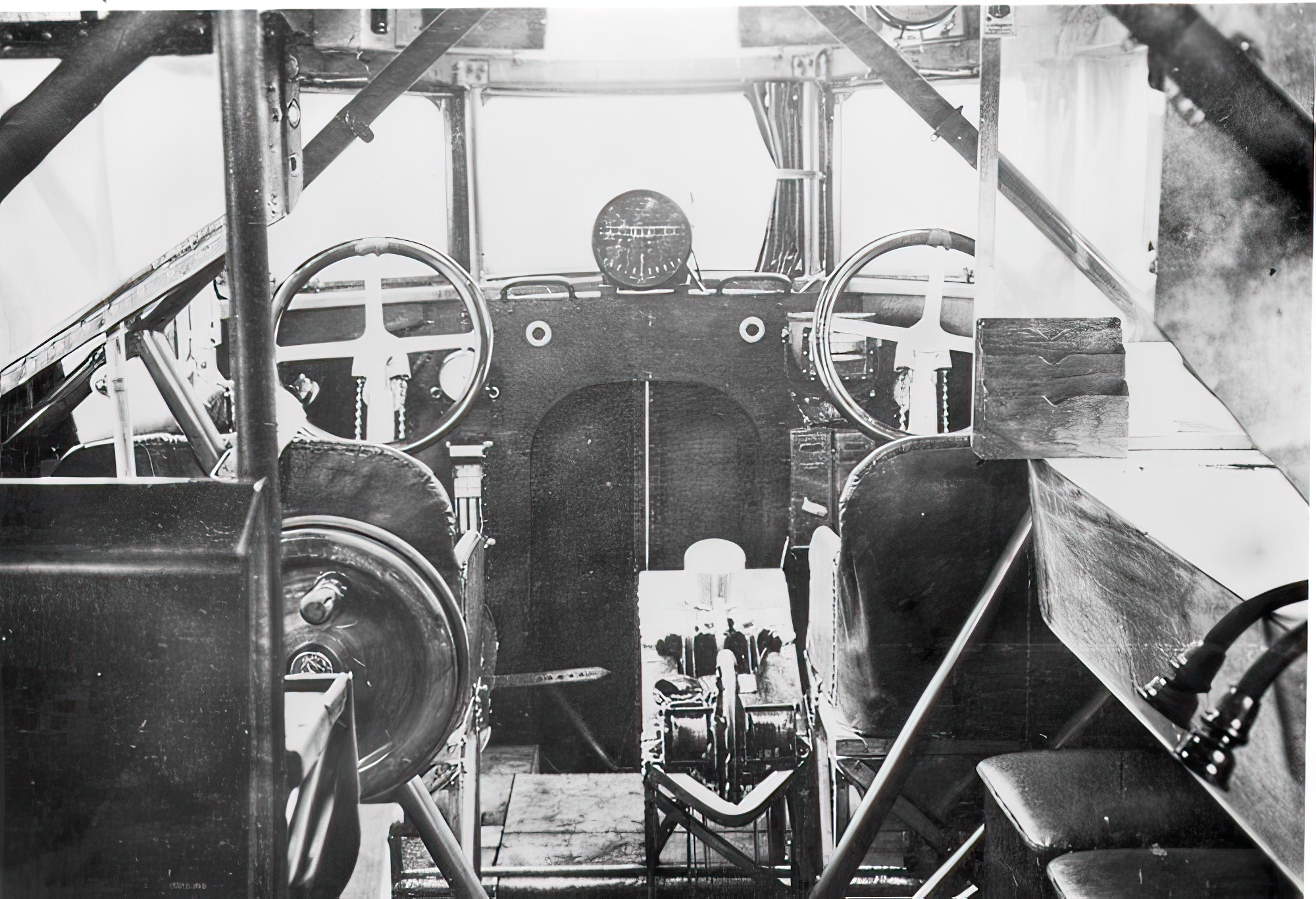
Had it been shot down?
It was suggested by certain reports that the plane had been shot down by Silesian insurgents, yet this theory has not been proven. The newly printed Ukrainian banknotes would have been of little value to anyone except to perhaps feed a campfire. Nevertheless, the gold and silver coins would have certainly been attractive loot, especially to insurgents that needed hard currency to maintain their fight.
The plane crashed in what was German territory, thus German officials arrived at the scene and collected the bodies and parts of the aircraft that remained. With the passage of time, the forest slowly reclaimed the site, with growing tree roots entangling what little remained of the plane in the dirt, and its location eventually faded from memory.
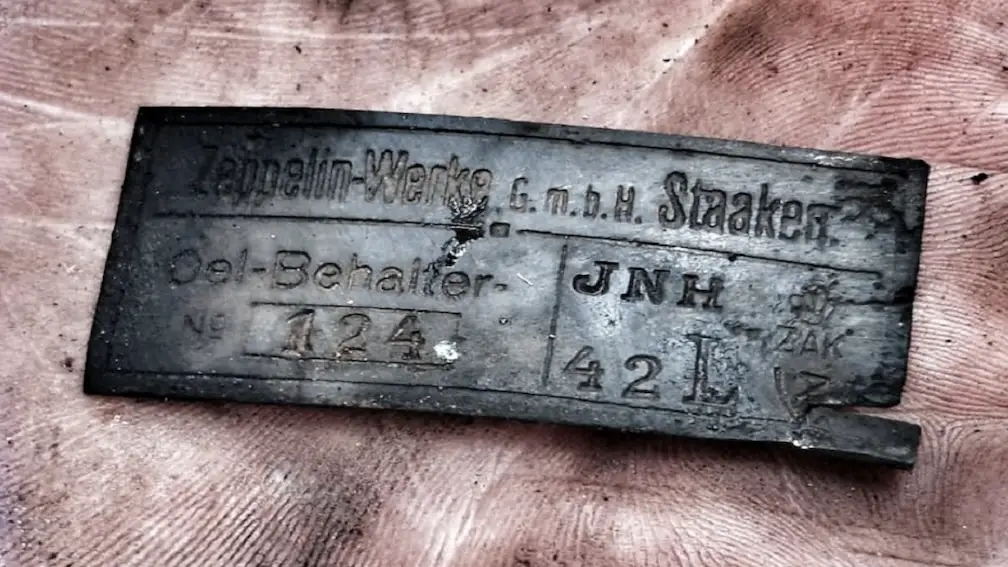
Research material
A local historian by the name Henryk Postawka brought the story back to life after he published some articles in a local press stating that he was sure of the location of the crash. These articles attracted the attention of the Silesian Exploration Group whose member Piotr Konarski said that they had narrowed the area down to about 70 hectares using the reports and other research material.
Endeavouring on the search, the group slowly narrowed down the search area until they came upon some melted aluminium on top of a small hill. This was the first indication that they actually were looking in the correct spot.
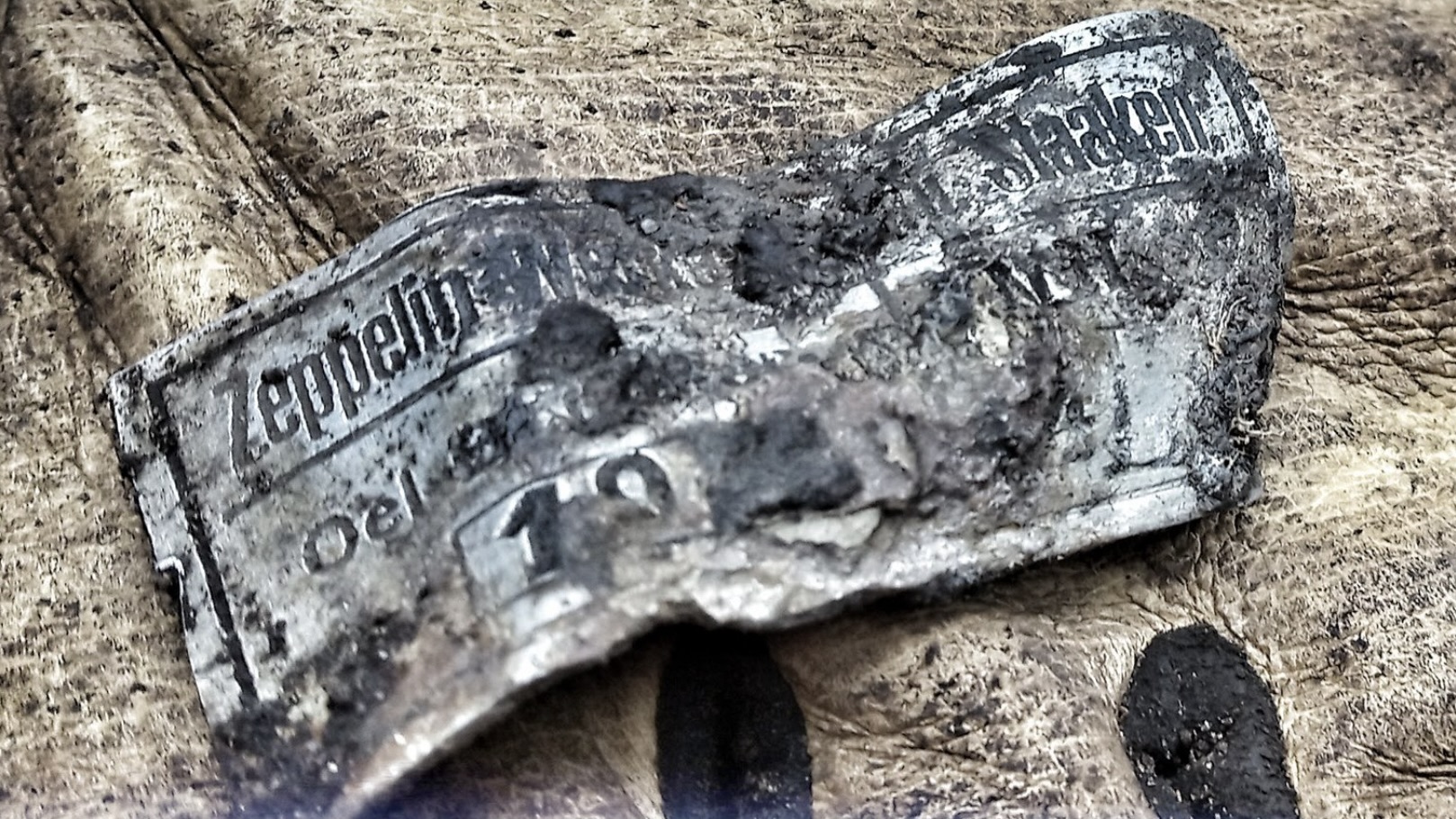
Discovering artifacts
The next clue was a button with Cyrillic lettering on it. The searchers felt sure that it belonged to one of the Ukrainian passengers. Not long after that, they found plates from an oil tank and a compass. Importantly, on one of the plates, was an inscription, “‘Zeppelin-Werke G.m.b.H. Staaken.” This was definitive evidence proving the crew had finally found the crash site of the fallen Zeppelin”.
What really caused the crash and the fate of all the treasure on board may never be known, but at least, the fact that the plane was found and its story told is no short of a treasure in itself.



